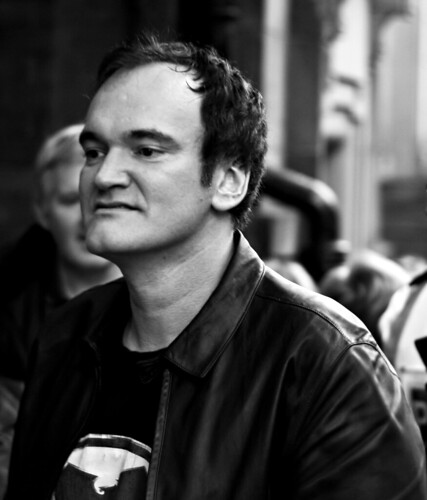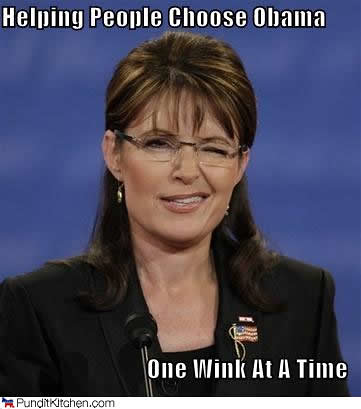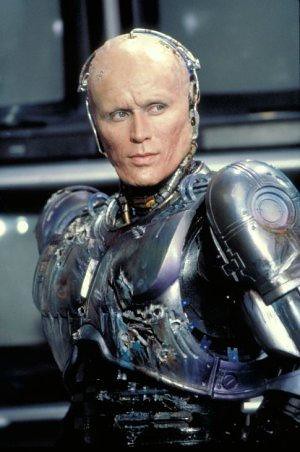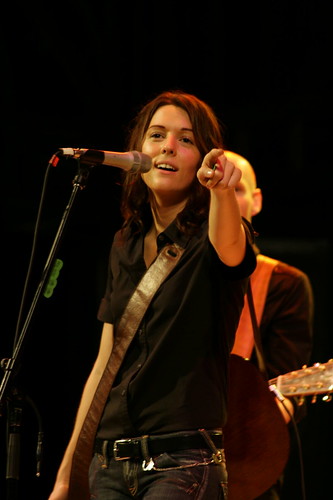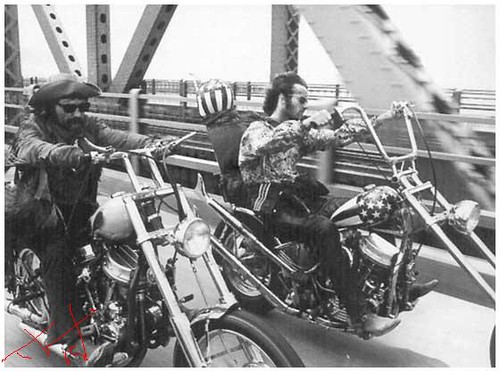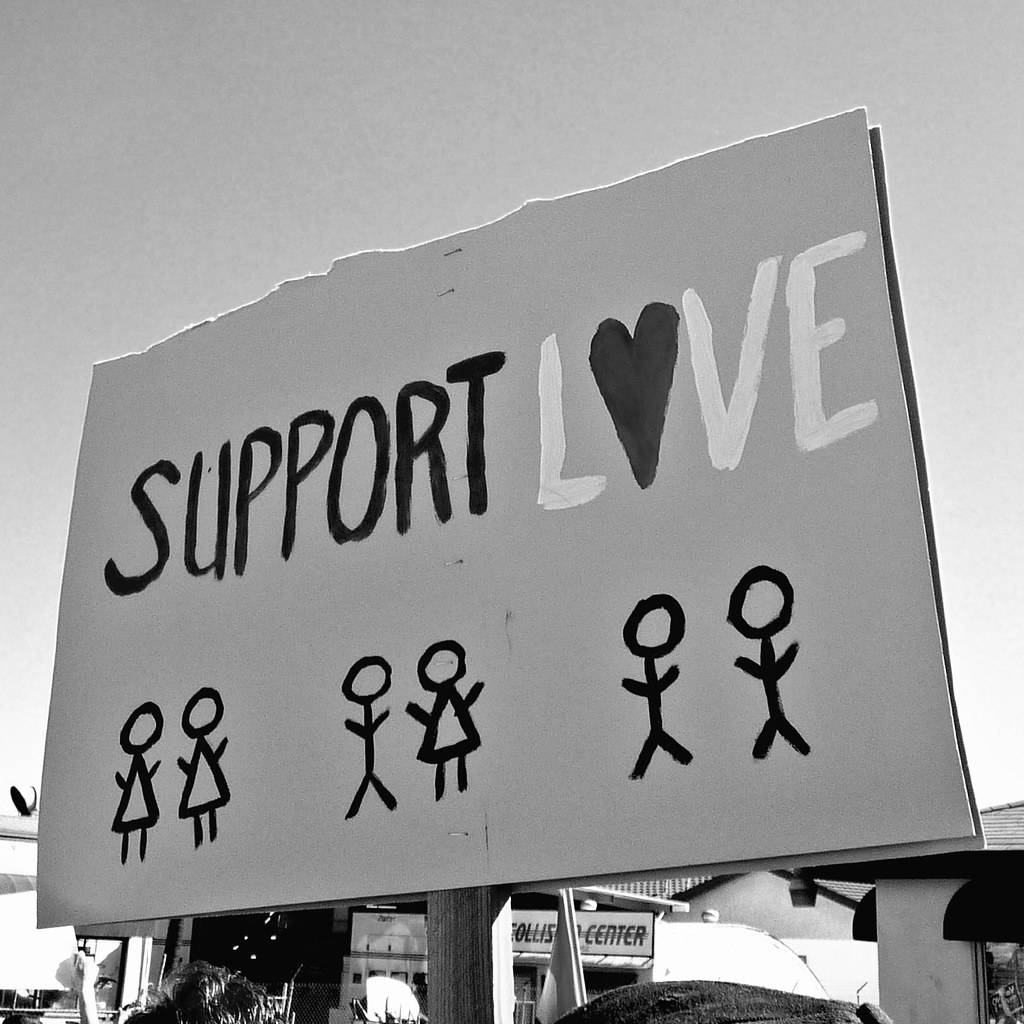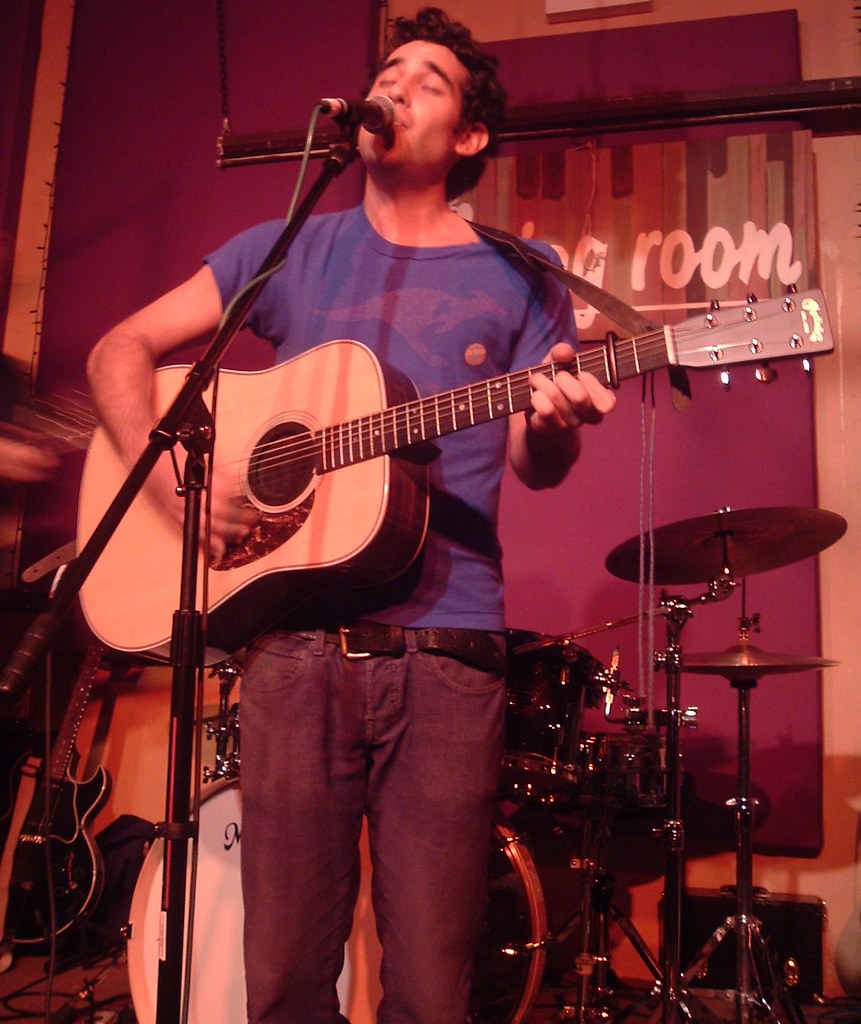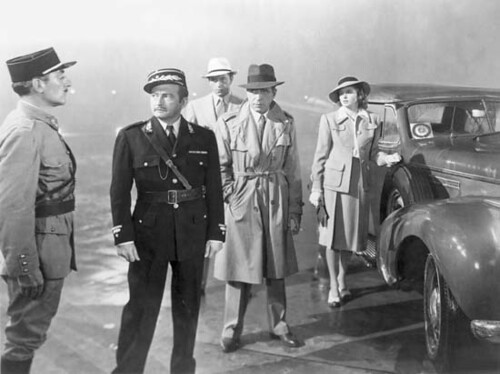Paris is Burning represented gay culture as much as a movie about ninjas would represent Asians. Black, transgendered New Yorkers are a very miniscule part of the gay subculture and some would argue that they are not a part of the gay subculture. All transgendered individuals were categorized as gay up until the nineties when they began breaking out as a separate group. Most transgendered people do not consider themselves to be homosexual. For instance, a biological man who feels like a woman thinks he was born into the wrong body and gender and is a woman who likes men-in most cases- and not a man at all. Ironically, the transgender image was transposed to homosexuals, a very misleading stereotype. Gays and lesbians do not want to be the opposite gender. Lesbians are attracted to other women and gay men to other men. Their relationships don’t conform to the heterosexual norm as they once did before gaining more acceptance. There is no “man” and “woman” in the relationship; there’s a woman and a woman or a man and a man. I don’t think it’s correct or appropriate to extrapolate transgender culture to gay culture;
homosexual and
transgender are not interchangeable words.
African American, transgendered people are probably one of the most discriminated against groups in American. The
Balls are the one place these people can let loose and be who they want; they can escape the harsh realities of everyday life. Today transgender people are becoming more and more acceptable; although, they are still nowhere close to having equal and fair rights. Not all transgender people are flamboyant, over-the-top drag queens. I’m not at all discrediting or criticizing this piece of the transgender subculture; instead, I’m saying that people need to realize that this is a very, very small snapshot of a particular group in the "gay" and transgender community and cannot be used to represent gay culture or for that matter even transgender culture. When watched from the wrong context, this movie can be misinterpreted and made to over represent a community. There are transgender people who are very quiet about their transition. The people in this film come from rough backgrounds and neighborhoods in New York, but there are gay and transgender people who come from affluent, loving homes. This documentary is an invaluable depiction of the role gender, economic status, and race play in life; however, it is not a general view of gay culture.
The gay community and the transgender community have separated themselves more and more from each other to focus on their own goals, which are not specifically the same. While the gay community is looking for equality in marriage, employment, and the military, transgendered people are fighting for the right to get their birth certificates changed to the opposite gender. Once their birth certificate is changed, they are technically heterosexual couples and have complete rights under the law. This is not to say they aren't still struggling for rights in employment and marriage, but ultimately gays and transgender have similar goals but different specific ideas for the small practicalities that are granted. For instance, in some cases, transgender is taken out of bills during legislation to try to get them to pass since the transgender voice is so small compared to the whole LGBTQ community.
In the beginning of the gay/transgender equal rights movement, many stayed hidden as much as possible while drag queens were loud, visible, and flamboyant. They created an image for homosexuals that stuck. All the small-minded majority could see was that a man was with another "man" and one of them wanted to be a woman; they weren’t willing to look at the fact that this “man” thought of herself and categorized herself as a woman, not gay. Homosexuals, on the other hand, are happy with their gender; they are just attracted to the same sex.
Gay and transgender people are real; they don’t want to hide, and it’s not their fault that they have to. Society forces these people into the closet because it doesn’t accept these innate factors of a person. People are small minded and selfish; how could society push gay and transgender people into such a small box. Gay and transgender individuals are your neighbors, teachers, lawyers, doctors, friends, and family. This movie made the transgender community feel very separate and withdrawn from real life when, in reality, the majority of homosexuals and transgendered are normal, well-adapted people. Homosexuals and transgendered are not asking for special rights or even acceptance, just equal rights.
Although they are both fighting for equality, gays and transgendered are not the same. All gay men are not all flamboyant, limp wristed men who speak with a lisp; all lesbians aren’t short-haired, stocky softball players; all transgender are not drag queens in enormous ball gowns. These are just the ones that people notice and the stereotype they have because these people can’t "act normal" like society asks them to do. No one should have to act straight; if all the gay and transgender people in this world had to wear a triangle on their arm, society would be shocked at the size of the LGBTQ community. Trying to fit LGBTQ people into one image or stereotype for TV and movies is essentially the same as the
propaganda Nazi’s put out against Jews or the “Uncle Tom” blacks seen in early TV.
Unfortunately, most gay people decide it’s better to blend in with society and play straight than struggle with discrimination. At one point in our history, we asked African Americans to act invisible. Now, history is repeating itself, and we are asking homosexuals and transgendered to appear invisible with policies such as “Don’t ask, Don’t tell” and DOMA. States like Arkansas are so conservative and ridiculously behind the times. Massachusetts, Connecticut, Vermont, and Iowa are all allowing gay
marriage, yet in Arkansas, they’re supporting
legislation that limits homosexuals’ right to adopt. Gays, lesbians, and transgender are everywhere; it’s just that most people don’t know because it is a minute part of who that person is as a human being. It’s as much a defining factor as the color of a person’s skin. Sexual orientation or gender should not be the only factor that defines a person. Until the government is able to grant equality under the law to transgendered and homosexual, they are essentially condoning discrimination.



